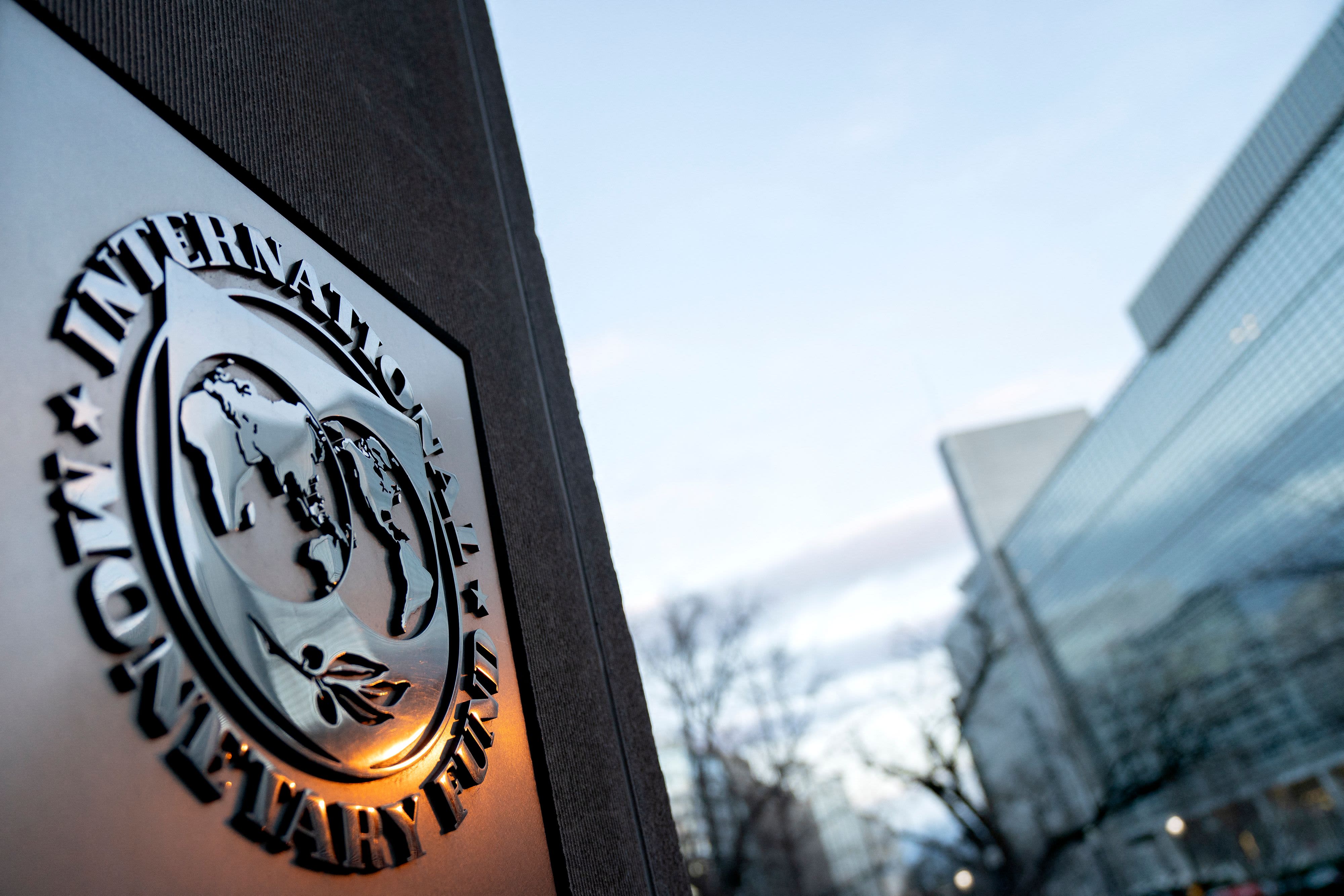
The Federal Reserve’s move to raise interest rates and tighten policy aggressively will hamper the economic recovery in Asia, according to the International Monetary Fund.
The current account surplus and the level of reserves are much higher among Asian countries this time compared to 2013 during the so-called “taper tantrum,” said Changyong Rhee, director of the Asia and Pacific department at the IMF.
However, he warned the higher debt burden is a problem for the region.
“Overall, the debt has increased quite significantly after the global financial crisis. Around 2007, Asia accounted for about 27% of the global debt. Now in 2021, Asia accounted for almost 40% of global debt,” he told CNBC’s “Squawk Box Asia” on Wednesday.
In 2013, the Fed triggered a “taper tantrum” when it began to wind down its asset purchase program. Investors panicked and it sparked a sell-off in bonds, causing Treasury yields to surge.
As a result, emerging markets in Asia suffered sharp capital outflows and currency depreciation at that time, forcing central banks in the region to hike interest rates to protect their capital accounts.
This time, the Fed’s higher interest rates “may not cause a big shock to the financial market, but they can definitely slow down Asia’s recovery and growth,” Rhee added.
His comments come ahead of the Fed’s policy statement later on Wednesday, where it’s expected to signal a rate hike as soon as March and indicate more policy tightening on the table to tamp down inflation.
Asia’s tough balancing act
Asian governments may need to prepare for faster policy normalization following the Fed’s move to curb inflationary pressures, according to Rhee.
“The situation is quite heterogeneous in Asia. Like Singapore and [South] Korea and several Asian countries, inflation is already higher and the output gap is small. So the central banks have to move quickly as Singapore did this week,” he said, referring to Singapore’s central bank decision on Tuesday to tighten monetary policy over inflationary concerns.
High interest rates in the United States, will force them to react to the monetary policy. So they have a really delicate balancing act at the moment.
Changyong Rhee
International Monetary Fund
The output gap measures the difference between the economy’s actual output and the potential output the economy can produce at full capacity.
However, there are other Asian countries with an output gap that’s still relatively large because they were hit by the Covid-19 delta outbreak last year. As a result, it has hampered their recovery, Rhee noted.
“High interest rates in the United States, will force them to react to the monetary policy. So they have a really delicate balancing act at the moment,” he said.
China’s growth outlook
On Tuesday, the IMF slashed its global growth forecast for 2022 due to concerns over increasing Covid cases, supply chain disruptions and higher inflation.
It expects global gross domestic product to weaken from 5.9% in 2021 to 4.4% in 2022 — lowering this year’s figure by half a percentage point compared to previous estimates.
China’s growth this year is now expected to come in at just 4.8% — down from an earlier estimate at 5.6%, based on IMF’s forecast.
Last week, China reported that its economy grew by 8.1% in 2021 compared to a year ago, according to data from the National Bureau of Statistics. GDP in the fourth quarter rose 4% year-on-year, faster than analysts expected.
The IMF recently said China’s zero-Covid policy is looking like a “burden,” which is hampering economic recovery both domestically and for the world.
Since the pandemic began in early 2020, China’s strict policy means mass quarantines and lockdowns, as well as widespread travel restrictions — whether within a city or with other countries — are used to control outbreaks.
Whether China is able to achieve 4.8% growth rate or even higher depends on the two things, Rhee noted.
“One is the dynamics of omicron and the future dynamics of this pandemic,” which is hard to predict, he said.
“I think they have room to use more fiscal resources. Depending on how much they will use the fiscal resources, China’s growth rate will be determined,” he added.
— CNBC’s Karen Gilchrist contributed to this report.




